
 en
en  Español
Español  中國人
中國人  Tiếng Việt
Tiếng Việt  Deutsch
Deutsch  Українська
Українська  Português
Português  Français
Français  भारतीय
भारतीय  Türkçe
Türkçe  한국인
한국인  Italiano
Italiano  Gaeilge
Gaeilge  اردو
اردو  Indonesia
Indonesia  Polski
Polski Proxy server errors can arise for various reasons, each with its specific nature. Addressing these issues requires a thorough analysis of error messages, checking proxy server settings, event logs, and, if necessary, contacting the proxy provider's support. The most common proxy errors include:
This article will detail each error and how to correct the proxy error.
A proxy sever error is an error message indicating problems in the operation of the proxy server used to process network traffic between the user's device and the remote server that cannot be accessed.
Errors can occur due to:
The solution to proxy server errors depends on the specific reason for their occurrence.
Let's take a closer look at the main proxy server errors, their causes, and solutions.
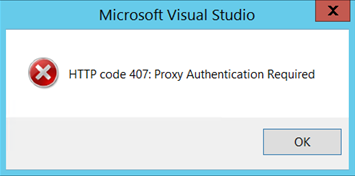
The "407 - Proxy Authentication Required" error indicates that access authentication for the proxy server is required. It occurs when a user has not entered or incorrectly specified the login and password for a private proxy, or if authorization was set to a static IP during purchase but the user's home IP has changed. To fix this error, ensure that the proxy server authentication data is entered correctly. It's also recommended to check for software updates or configure the proxy in another browser, as this problem may be specific to a particular program.
Correcting this error typically involves verifying the accuracy of the proxy authentication details. Users should double-check the username and password, or, if using IP authentication, ensure their IP address matches the one registered with the proxy provider. Updating the software or attempting to configure the proxy settings in a different browser can also help resolve this issue, as it might be related to software compatibility or specific settings within a particular application.
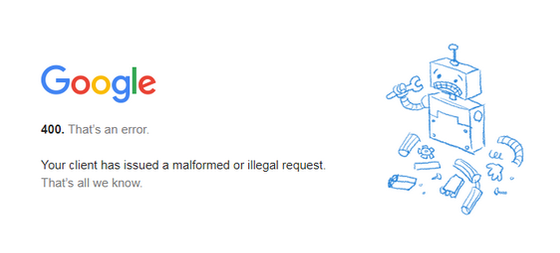
The "400 - Bad Request" error indicates that the server cannot process the request from the browser due to:
Solutions for this problem include clearing the cache and cookies, disabling or adjusting internet connection settings in the antivirus, and installing new versions of network adapter drivers.
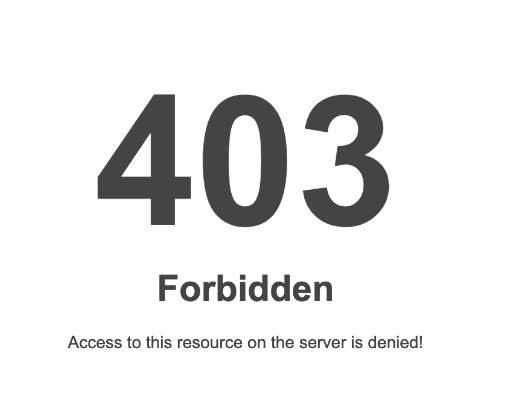
The "403 Forbidden" error indicates that the server recognizes the request but refuses to execute it due to access restrictions. Reasons for this error can include a lack of access rights, incorrect credentials, restrictions, or location-based blocking, where the server may limit access from certain IP addresses or block access from certain countries. To resolve this error, you should:
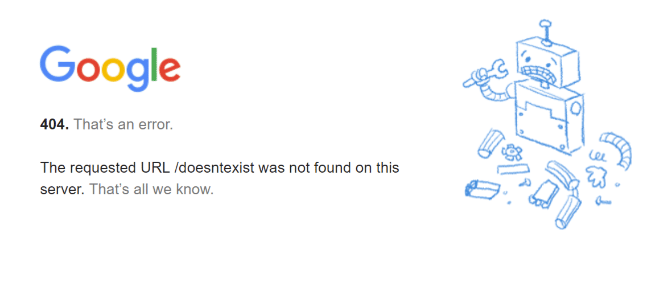
The "404 Not Found" error indicates that the server cannot find the requested resource. This means the user has made a request for a URL that does not exist on the server. Typically, this error is displayed if the client requests a page or resource with an incorrect or outdated URL, the resource was deleted or moved on the server, or the user does not have access rights to the requested resource. Possible solutions for the 404 Not Found error:
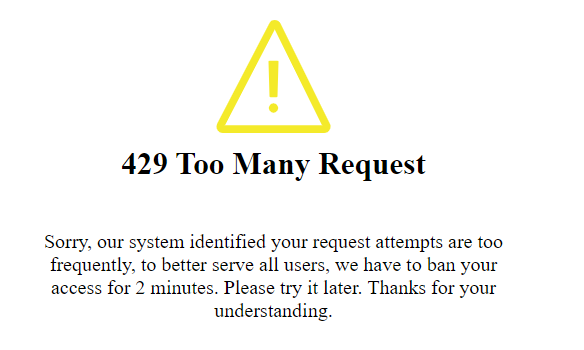
The "429 Too Many Requests" error signifies that a user has sent too many requests in a given timeframe, exceeding the server's established limits, leading the server to reject any additional requests. This measure prevents server overload and maintains stable performance. To resolve this issue, try the following actions:
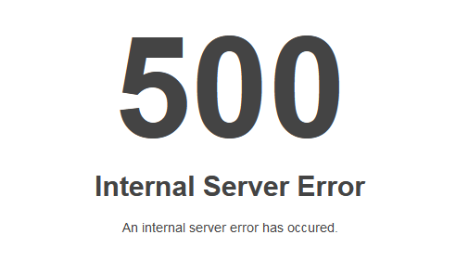
The "500 Internal Server Error" is a generic response for various problems on the server, indicating that the server encountered an unexpected condition that prevented it from fulfilling the user's request. Causes can include software issues, database problems, configuration errors, insufficient server resources, server problems, and errors in the .htaccess file (for servers using Apache). To address the "500" error, try the following actions:
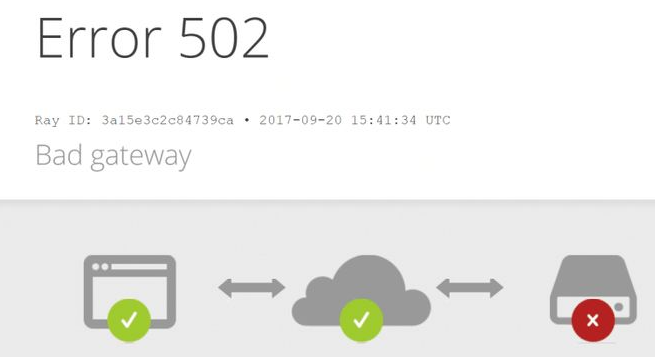
The "502 Bad Gateway" error is a proxy server response indicating that the proxy failed to receive a valid response from the upstream server. This error occurs when the proxy server cannot establish communication with the server, receive a response, or forward the response to the user. Common causes include incorrect proxy server settings, network configuration problems, and the inaccessibility or downtime of the upstream server. To resolve this error, consider the following actions:
The most relevant methods for solving problems caused by proxy errors include:
Note that these recommendations are general, and specific steps may vary depending on the proxy server and browser used. Also, before making changes to settings or reinstalling the browser, it's advisable to create backups of important data to avoid loss of information.
Comments: 0